Wap Welcome to visit Love Fishing
Taiwan fishing is actually "Taiwan fishing techniques". It originated in Taiwan, China. It was introduced from Taiwan to the mainland in the 1980s and soon became popular everywhere. The advantage is that it has extremely high sensitivity and is most suitable for fishing in a simple breeding pond such as fish and water. Let’s take a look at the tutorial on how to get started with newcomers in Taiwan fishing!
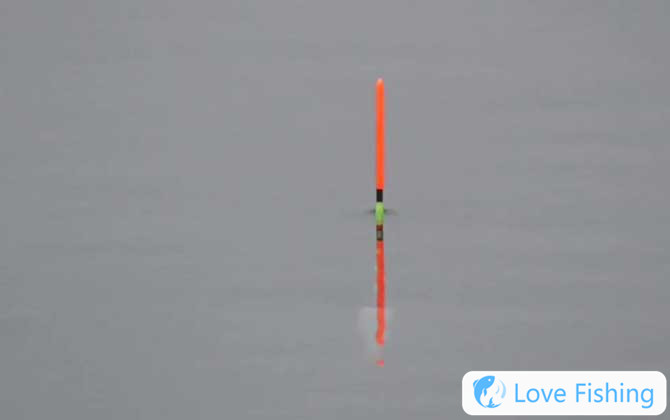
1. Time
1. Spring: Fishing in spring can be divided into three periods. In early spring, it is recommended to fish in the morning and noon when the temperature is gradually rising. In mid-spring with suitable temperatures, fishing can be done almost all day. In late spring, it is recommended to choose a low-temperature morning or evening when the temperature is low.
2. Summer: Fishing in summer can be divided into two periods, among which the temperature in early summer is not high. Except for the direct sunlight, you can fish almost all day long, while the temperature in midsummer has reached the highest point of the year. It is recommended to choose to fish in a cool morning or evening at this time.
3. Autumn: Fishing in autumn can be divided into three periods. Among them, it is recommended to fish in the morning or evening when the temperature is low in early autumn. Fishing can be done almost all day in Mid-Autumn Festival, while fishing in late autumn is recommended to choose morning and noon when the temperature is gradually rising.
4. Winter: Winter fishing can be divided into two periods. The temperature in early winter is not too low. Except for sudden cooling weather, fishing can be done almost all day long. The temperature in midwinter has reached the lowest point of the year. At this time, it is recommended to fish at noon with slightly higher temperatures.
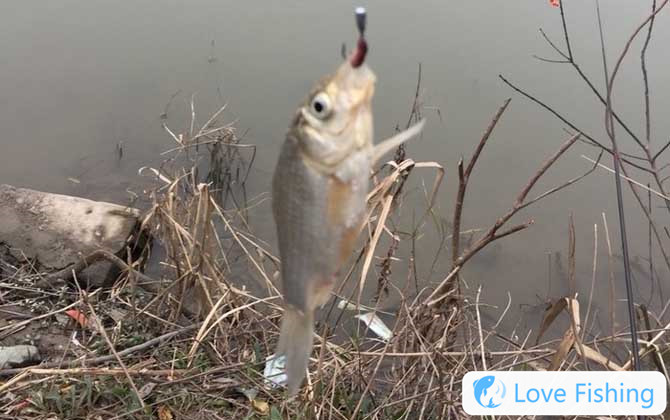
2. Fishing point
1. Four corners: In a pond similar to a square, each side length is basically the same. When fish parade, they must pass through four corners and like to stay and rest at the four corners. Therefore, the four corners are often a good fishing spot.
2. Middle waist: In a pond similar to a rectangular shape, fish like to swim back and forth on long sides, especially the middle part of the long side (middle waist) is a must-pass place for fish to swim, so the middle waist is often a good fishing spot.
3. Water inlet: Aquaculture ponds generally have water inlets. Live water can bring in a large amount of bait and the dissolved oxygen is also high. Fish like to move around the water inlet and forage, so the water inlet is often a good fishing spot.
4. Feeding place: Farming ponds are generally fed at regular locations and timely times. Fish often come here for food. When there is no feeding, the fish like to stay and wander here. Therefore, the feeding place is often a good fishing spot.
5. Aerobic location: The waters around the aerator in the aerator in the breeding pond have sufficient dissolved oxygen. In addition, the aerobic device is like a natural obstacle, which makes it easier for fish to hide and hide. Therefore, it is often a good fishing spot around the aerator.
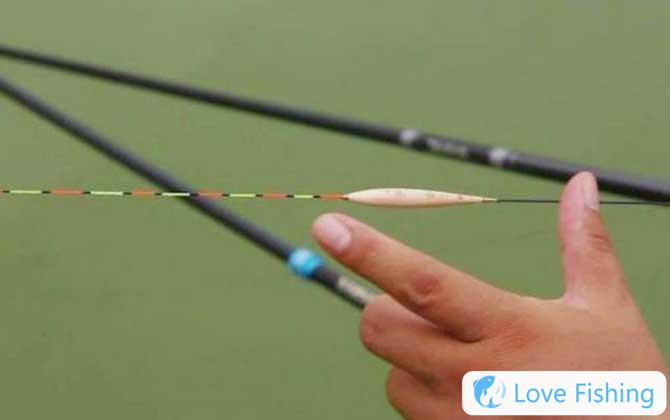
3. Fishing gear
1. Fishing rod: The fishing rods are mainly crucian carp rods, carp rods, comprehensive rods, competitive rods, large objects rods, etc. Due to different lengths, they are mainly 3.6 meters, 4.5 meters, 5.4 meters, 6.3 meters, etc. When fishing, fishing rods should be selected according to the fish situation, water conditions, seasons, etc.
2. Line group: The platform fishing line group consists of two parts. The section from the tip of the rod to the eight-character ring is called the main line. The one below the eight-character ring is called the sub-line. The sub-line is generally 1 to 2 numbers smaller than the main line. The fish hook can be used for sleeve hooks, new Kanto hooks, Iseni hooks, Haixi hooks, Izu hooks, etc.
3. Float: Generally, stand-up floats are used for platform fishing. Due to the different floating feet, floating bodies, and floating tails, there are eight types: long feet, long body, long tail floats, long feet, short body, short tail floats, short feet, short body, short tail floats. When fishing, you should flexibly choose according to factors such as fish situation, water conditions, and seasons.
4. Others: The equipment for table fishing is much more than traditional fishing. In addition to main fishing gear such as fishing rods, line sets, floats, etc., it also needs to be equipped with auxiliary fishing gear such as lead, scissors, fish guards, nets, rod racks, bait baits, bait pulling plates, sub-line boxes, fishing chairs or fishing boxes, main line boxes and other auxiliary fishing gears.
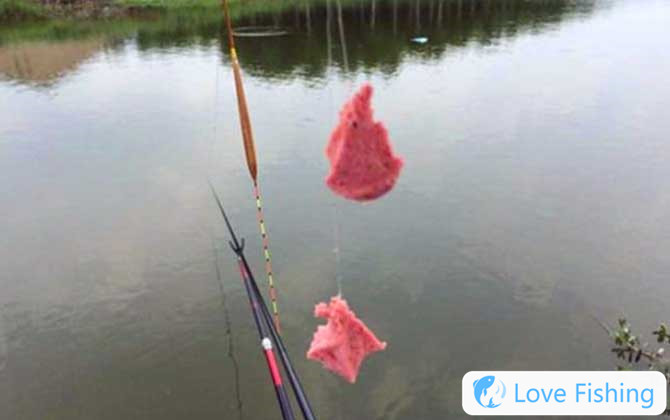
4. Bait
1. Crucian carp bait: You can use natural bait when fishing for crucian carp on the platform, or commercial bait, among which natural baits are mainly earthworms, red worms, wheat grains, rice, etc. The main commercial baits are blue crucian carp, September 18, Crazy Crucian carp, large plate crucian carp, large crucian carp Terminator, world crucian carp, etc.
2. Carp bait: You can use natural bait when fishing for carp on Taiwan, or commercial bait, among which natural baits are mainly earthworms, red worms, wheat grains, corn, etc. The main commercial baits are 918, snail carp, world carp, crazy killing carp, wild food, world unparalleled, etc.
3. Grass carp bait: You can use natural bait when fishing for grass carp on the Taiwan Strait, or commercial bait. The natural bait mainly includes corn, wheat grains, green grass, vegetable leaves, etc. The main commercial baits are 918, unstoppable grass carp, wild fishing, fermented grass, big grass, Huashi green grass, etc.
4. Silver carp and bighead carp bait: Taiwanese fishing for silver carp and bighead carp are generally used for commercial bait, mainly including Tianyuan Deng Gang floating fishing for silver carp and bighead carp (original gold version floating fishing for silver carp and bighead carp), crazy killing silver carp and bighead carp, Yiwei silver carp and bighead carp, General blasting silver carp and bighead carp, crazy fishing for silver carp and bighead carp, black carp and white carp, silver carp and bighead carp, silver carp and bighead carp and bighead carp and bighead carp and bighead carp and bighead carp and bighead carp and bighead carp and bighead carp and bighead carp and bighead carp and bighead carp and bighead carp and bighead carp and bighead carp and bighead carp and bighead carp and bighead carp and bighead carp and bighead carp and bighead carp and bighead carp and bighead carp and bighead
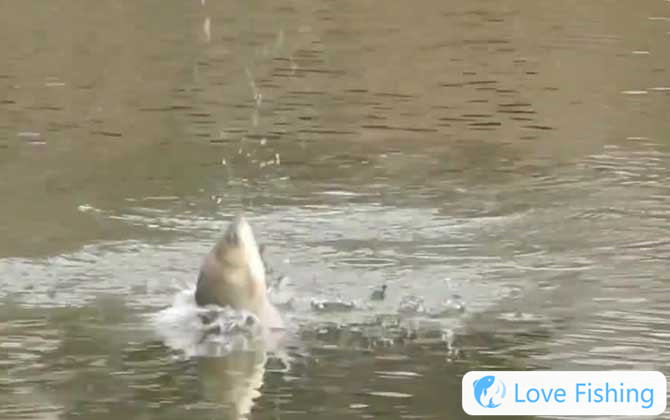
5. Bed material
1. Wine rice: You can use wine rice to make nests when fishing on the Taiwan Strait. Wine rice has a strong temptation to crucian carp, carp, grass carp and even yellow catfish. However, the dosage should not be too large when making nests. You can use two or three before fishing, and wait until the fish mouth slows down before releasing the nest in a small amount.
2. Grains and grains: You can use grains and grains to make nests when fishing in Taiwan. The most classic one is the old grains and grains in the western style. The advantages are that they have good broad spectrum, fast fish luring speed, and long time to retain fish. You only need to beat a little before fishing to continuously lure and retain fish.
3. Granular feed: You can use fish feed, chicken feed, pig feed and other pellet feed to make nests when fishing in Taiwan. For example, when fishing for black pits, you almost always use pellet feed to make nests. The advantage is that it is more in line with the feeding habits of farmed fish, and the disadvantage is that the penetration may be slightly insufficient.
4. Commodity nest material: Taiwanese fishing can use commercial nest material to make nest material. The so-called commercial nest material refers to nest material configured by bait manufacturers. Its characteristics are easy to use and highly targeted, such as musk-bottom nests under Diaoyuwang and Niuwan crucian carp under Xibufeng.
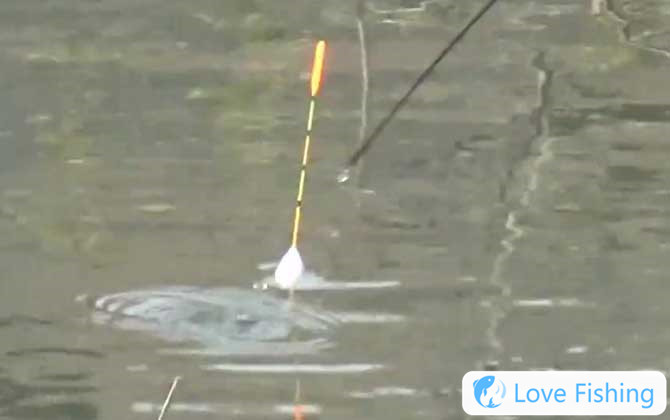
6. Adjust the float
1. Find the bottom of heavy lead: Add a large lead to the lead base and throw it into the water. The float will definitely sink into the water under the gravity of the lead sinker. Lift the rod and pull the float until the float level. At this time, the distance between the lead sinker and the top of the float (not the float seat) is roughly the depth of the water.
2. Half water mesh adjustment: The distance between the float pulls down by greater than the length of the float and sub-line, slowly trim the lead until the float reveals the number of mesh you want to adjust. For example, adjust 4 mesh, cut the lead to the float exposed to 4 mesh on the water surface. At this time, the gravity of the lead sinker is roughly equal to the buoyancy of the float.
3. Weight measurement of the bait: The bait is thrown into the water on the fish hook. The number of mesh of the float sinking is the weight of the bait. For example, the 4 mesh of the empty hook is adjusted. After hanging the bait, 2 mesh of the float is exposed, which means that the weight of the bait is 2 mesh. In order to ensure sensitivity, the bait must be uniform when fishing.
4. Adjust the fishing eye: Hang the bait and pull the float to expose the number of eyes you want to catch. For example, adjust the empty hook to 4 eyes, the bait weight is 2 eyes, and the float exposed to more than 2 eyes is considered dull. The float just exposed to two eyes is considered unsensical and unsensible. The float exposed to less than 2 eyes is considered as fishing.
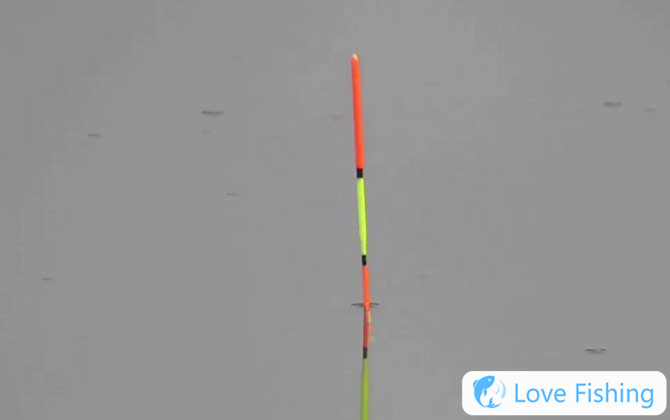
7. Bloating
1. Black float: Black float is a common float pattern in Taiwan fishing. It is characterized by the fact that the entire float is dragged into the water. This type of float pattern is either a small fish making a fuss or a large and ferocious fish eating bait.
2. Duck the mouth: Duck the mouth is a common float pattern in Taiwan fishing. It is characterized by a strong lower drowning in the float. The small ones may be less than half a small eye, and the large ones may reach 1 to 2 meshes. When the mouth is stopped, the fish rate is extremely high.
3. Float delivery: Float delivery is a common float pattern in platform fishing. It is characterized by floating upward movements. Small ones may float upward half a eye, while large ones may float upward 1 to 2 eyes. When float delivery, the fish rate is extremely high.
4. Inclined float: Inclined float is a common float phase for fishing on the platform. It is characterized by the float being ticked first and then sinking along the water surface. At this time, the fish rate is extremely high when lifting the rod. This type of float phase is usually grass carp and green fish eating bait.
5. Flood grabbing: Flood grabbing is a common float pattern for fishing on the platform. It is characterized by the bait being dragged away as soon as it falls into the water. Most of this type of float pattern is that the upper fish such as white strips are grabbing for feeding bait, or it may be ferocious fish such as catfish.
6. Point float: Point float is a common float phase when fishing on the platform. It is characterized by the slight jump or shaking of the float. This is a signal that the fish touches the bait, indicating that the fish may eat the bait at any time. At this time, you should be prepared to lift the rod and stab the fish.
About us| Privacy Policy| Contact Us
Copyright © 2023-2030 Copyright@Love Fishing XML map